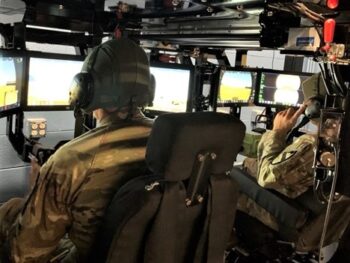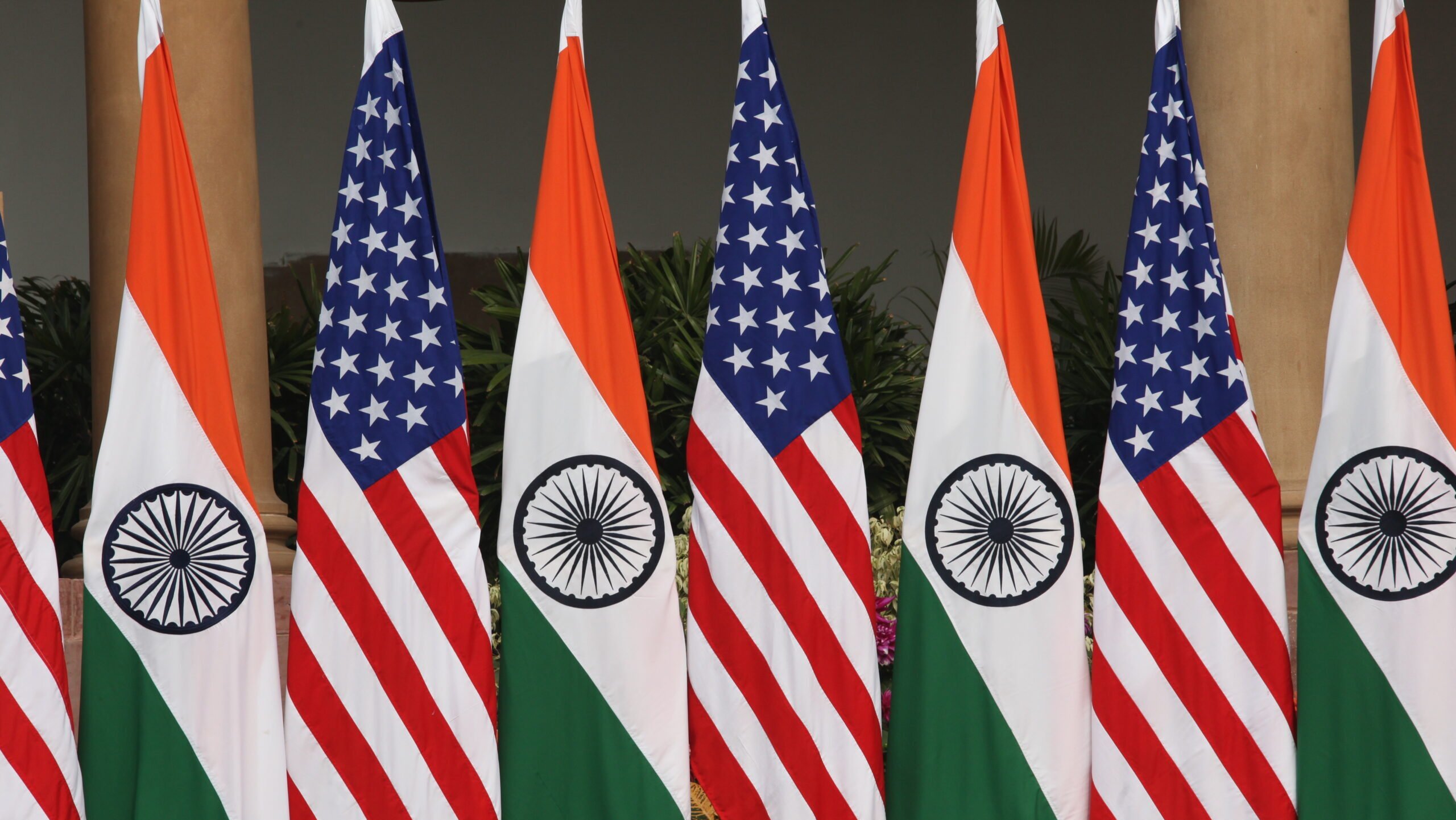
NEW DELHI, INDIA February 25: Flags on display at Hyderabad House as India and United States of America Summit meeting as part of President of USA Mr Donald Trump’s first visit to India. (Photo by Pallava Bagla/Corbis via Getty Images)
WASHINGTON — As the US and India step up plans to tighten collaboration in the military space sphere, Indian officials next year will participate in US Space Command’s annual Global Sentinel exercise designed to better integrate allied capabilities to monitor the heavens, according to the White House.
The effort is one of several measures focused on cooperative space domain awareness being pursued by the two sides under the wide-reaching US-India initiative on Critical and Emerging Technology (iCET) launched last January. On June 17, US National Security Advisor Jake Sullivan and his Indian counterpart, Ajit Doval, jointly chaired the iCET’s second meeting, held in New Delhi to review progress up to now and shoring up future plans.
In a joint fact sheet released after the meeting, the two sides explained that iCET has eight major thrusts:
- Bridging our Innovation Ecosystems
- Reaching New Heights in Civilian and Defense Space Technology Cooperation
- Deepening Defense Innovation and Industrial Cooperation
- Pursuing Advanced Telecommunications Opportunities
- Combining Capabilities in Biotechnology and Biomanufacturing
- Securing Semiconductor Supply Chains
- Building a Clean Energy and a Critical Minerals Partnership for the 21st Century
- Pursuing Quantum, Artificial Intelligence, and High-Performance Computing Collaboration
Washington and New Delhi have created a number of working groups, broad initiatives and/or specific sub-projects under each of the areas.
For example, under the third thrust area, the two sides have created the India-U.S. Defense Acceleration Ecosystem (INDUS-X) subprogram to “build a defense innovation bridge” between defense startups from both countries. The second INDUS-X summit was held February 20-21 in New Delhi, including both government and industry officials.
According to a June 18 article by Ajay Kumar and Tejas Bharadwaj of the Carnegie Endowment for International Peace, the INDUS-X meetings are becoming an important forum for forwarding collaboration — with the authors noting that so far “commercial collaborations by major defense suppliers with Indian enterprises, including startups, have been largely successful.”
These include partnership agreements signed by General Atomics-Aeronautical Systems (GA-AS) with two Indian artificial intelligence startups, 114AI and 3rd ITECH, that last October signed Cooperative Research and Development Agreements (CRADAs) with Air Force Research Laboratory on space domain awareness.
At the June 17 meeting, the fact sheet said, Sullivan and Doval reaffirmed both countries’ commitment to the INDUS-X Investor Summit that will take place in Silicon Valley in September, with “the intent to launch two challenges focused on space-based intelligence, surveillance, and reconnaissance (ISR)” under a project called IMPACT 2.0. The Pentagon’s Defense Innovation Union and the Indian Ministry of Defence’s Innovation for Defence Excellence (iDEX) accelerator at the February INDUS-X summit announced that 10 US and Indian companies won more than $1 million to develop maritime ISR tech under the first IMPACT 1.0 challenge.
The plan for India’s military to joint next year’s Global Sentinel exercise is one of the key initiatives under the iCET agreement’s second thrust area on space cooperation. (India’s military space operations are run by the tri-service Defence Space Agency.) Indian personnel for the first time came to the most recent Global Sentinel exercise in mid-February as observers during the last two days; but next year military officials will formally be included as participants.
The two militaries also held a space table-top exercise during the second annual Advanced Domains Defense Dialogue held at the Pentagon in May 2024, the joint fact sheet noted.
Further, Washington and New Delhi are still working to get the NASA-ISRO Synthetic Aperture Radar (NISAR) satellite — “a jointly developed satellite that will map the entirety of the Earth’s surface twice every 12 days” and provide information on climate change — off the ground. The satellite originally was set to launch in March but was delayed, with both the Indian-made launch vehicle and the satellite facing development issues. According to a March 20 report in the “Times of India,” NISAR is not expected to go up until the second half of the year at the earliest.
Space RCO taps 20 firms for software to control maneuvering sats
“I’m not criticizing ATLAS, but on the record, if it doesn’t get there on time, I’m gonna find an alternative, because that’s why I exist,” Space RCO Director Kelly Hammett told Breaking Defense.




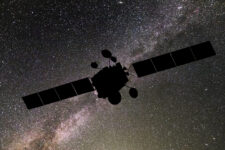
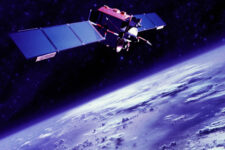

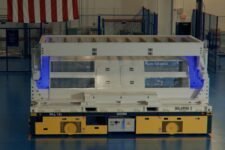





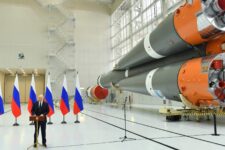


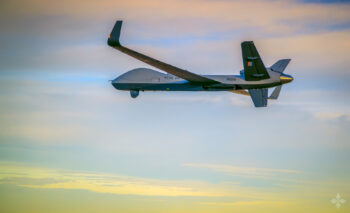

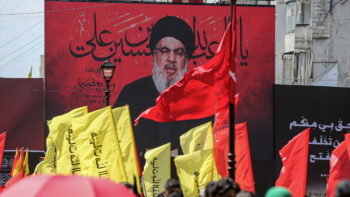




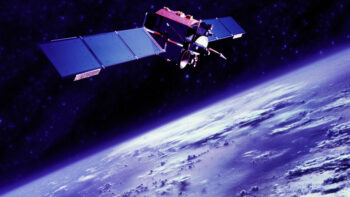

![T2BETA_PROGRAM_REVIEWED1[1]](https://breakingdefense.com/wp-content/uploads/sites/3/2024/08/T2BETA_PROGRAM_REVIEWED11-350x219.jpg)
